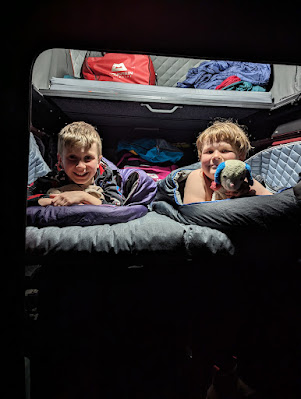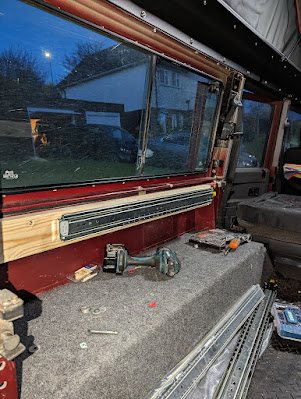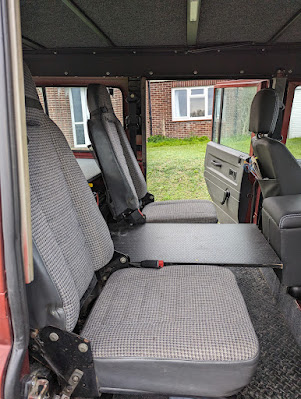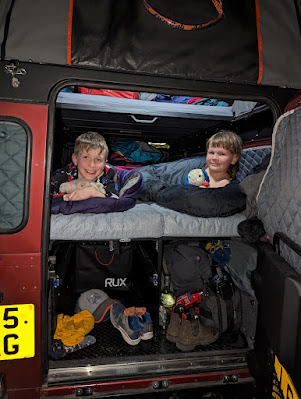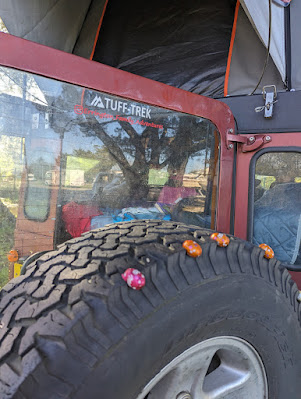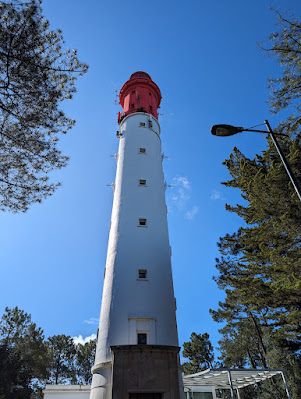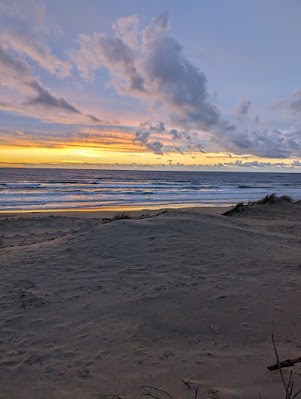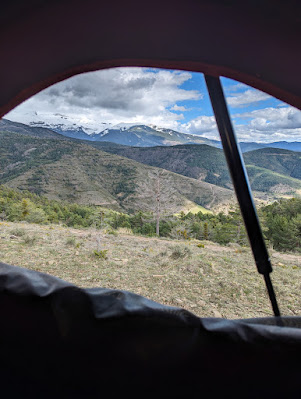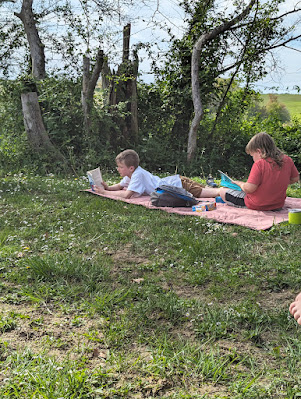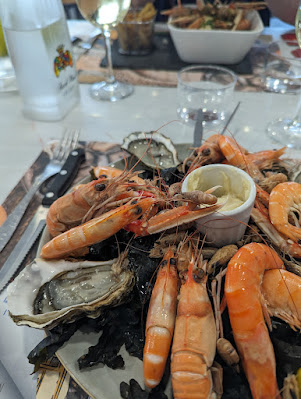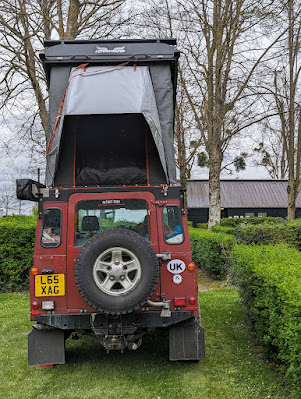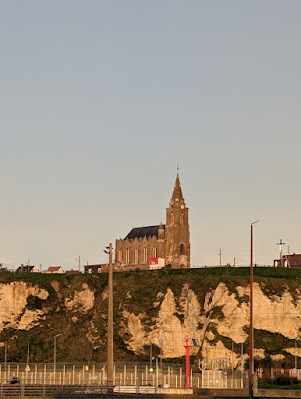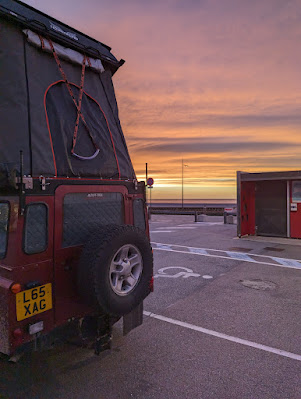Wild Camping seems to have really taken off in the UK recently, but what is Wild Camping, and is it legal in the UK?
Family blog documenting our Outdoor Adventures in Canada and World Travel.
Wednesday 10 July 2024
Can you Wild Camp in the UK?
Wednesday 8 May 2024
Can you sleep a family of four in a Defender?
The short answer is yes, but read on if you want to know how!
It has taken a lot of planning, but we've come up with a solution that allows us to retain the middle (second) row of seats for the boys while travelling and then convert the rear area into two beds for sleeping. While the boys sleep downstairs, Sarah and I get the big bed up in the roof, in our Alu-Cab Icarus roof conversion.
Planning a 4-Berth Defender Interior Layout
There is lots of information online about camper layouts if you've got the standard Transporter, Sprinter, Crafter or Transit Van, but not much about Defenders. If you want a family friendly, 4-berth Defender layout that retains four travelling seats, there's even less!
The standard Defender Camper layout usually involves fixed cabinetry along one side, and some form of pull out bed on the other. While the boys are still pretty small this might have worked, but we couldn't see them wanting to share a narrow bed for long! The standard layout usually also involves removing the second row of seats, but this wasn't an option for us.
We did get some layout inspiration from our friends at whereistheworld, and from YouTube videos by Off-Track Family.
After many hours sitting in the back of the Landy, measuring, sketching, and even a bit of 3D modelling in SketchUp, we eventually came up with our own solution, and I must say we're really pleased with it!
Our Goals for the Interior
1. Retain at least four travelling seats (with seatbelts)
2. Maximise storage space
3. Full width sleeping area for the boys
4. Space for a cooler
5. Re-use as much of our existing camping gear as possible
6. Quick setup and stow
The Interior Build and Storage Solution
Our layout consists of a fixed platform in the back, which we built to fit under the lip at the top of the tub. This is supported on two wooden beams which use the existing holes in the tub capping.
We decided to remove the middle seat from the second row, and used the existing frame to build a platform for our Yeti cooler. The Yeti Tundra 45 fits perfectly, and the Harvest Red is almost a match to Budgie's paintwork!
* Some of the links on this post are affiliate links. It won't cost you any more, but we may receive a small payment if you purchase through our links. We will never recommend a product which we haven't fully tested and love.
Monday 22 April 2024
A Defender Road Trip to France and Northern Spain
We had a brilliant Easter holiday in France and Spain with Budgie. We were away for 10 days and covered over 1750 miles (2850 km), making it all the way down to the Spanish Pyrenees.
As is usual for our road trips, we did a few long travelling days, but interspersed these with shorter days and one two-night stay in San Sebastian.
Ferry to France
Top Tips for Driving in France and Spain
1. Check the Crit'Air Clean Air Zones
2. Consider avoiding the Toll Roads
3. Take the required equipment and documentation
Finding Camp Sites in France and Spain
Next we headed down to San Sebastian, in the Spanish Basque region, and spent a great couple of days exploring this beautiful coastal city. We stayed at WeCamp San Sebastian, which is in a great location on top of the cliffs at the edge of the city; with a regular local bus service into town. It's a very clean and tidy campsite, with a lovely cafe bar on site and an outdoor pool (sadly we were too early in the season for it to be open). It was nice to spend a couple of days relaxing at a site with facilities.
Thursday 3 August 2023
Pender Island
We're just back from a great long weekend on Pender. We've been to Pender a number of times in our boat but never stayed there before, so it was great to explore more of the islands.









